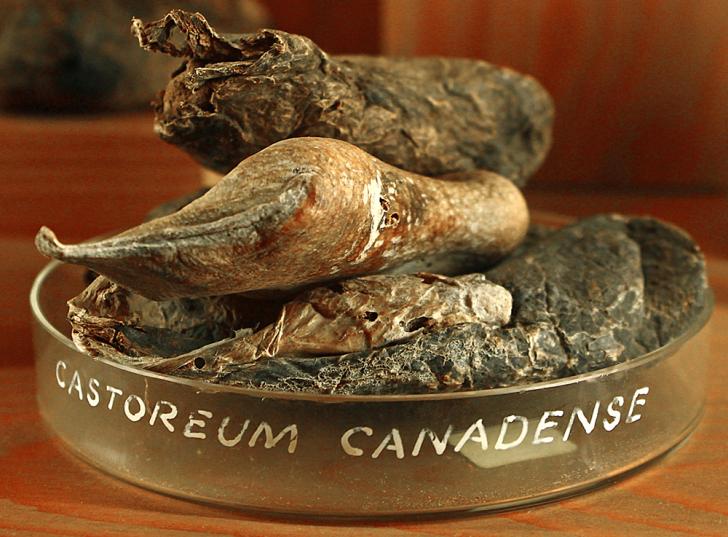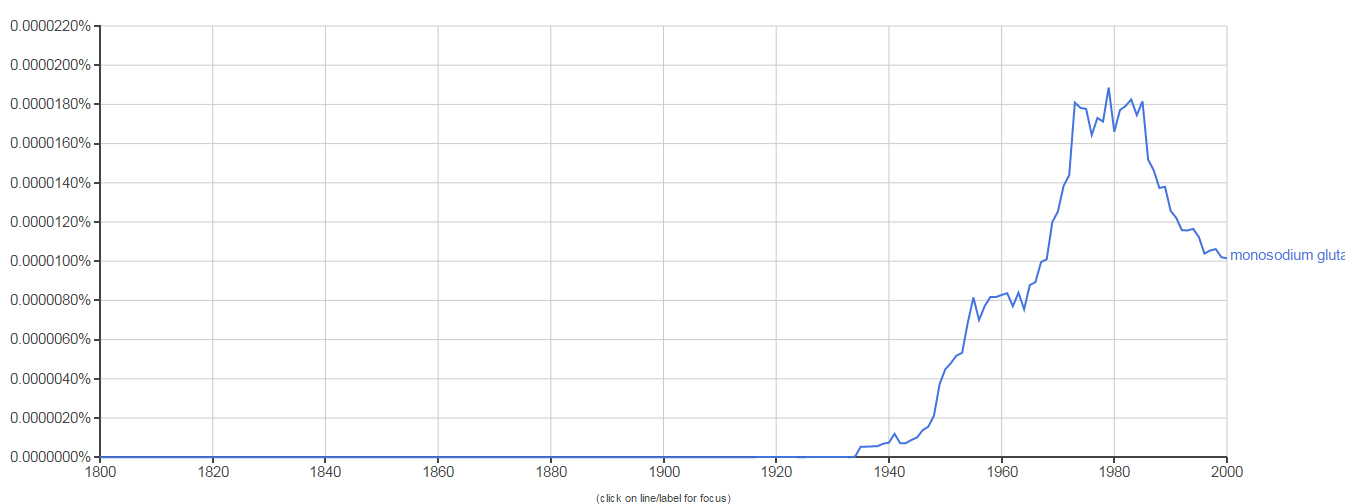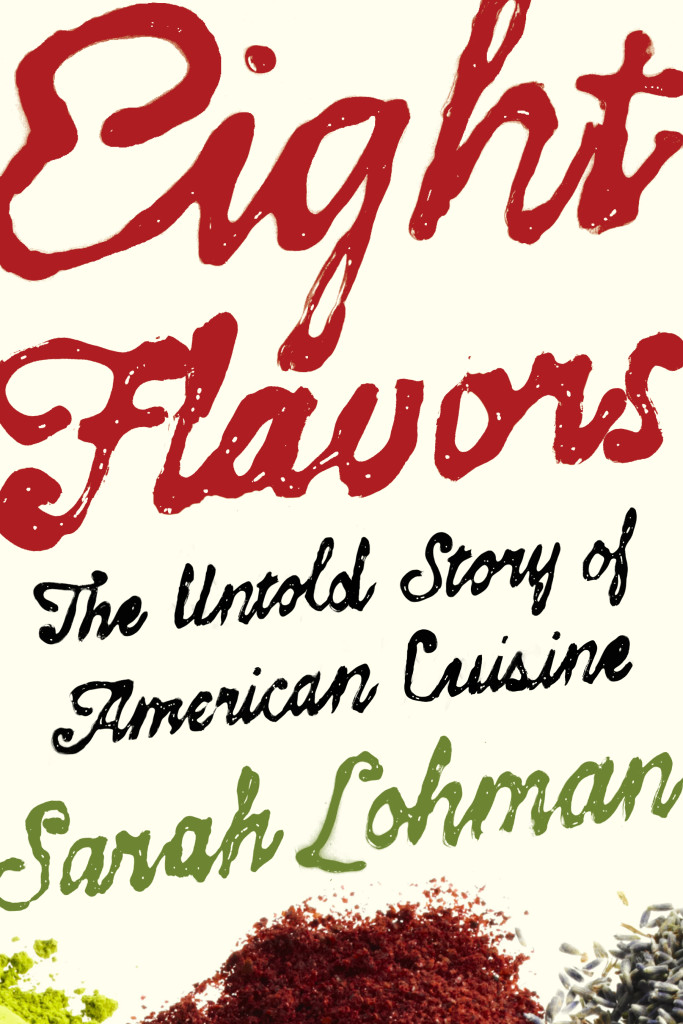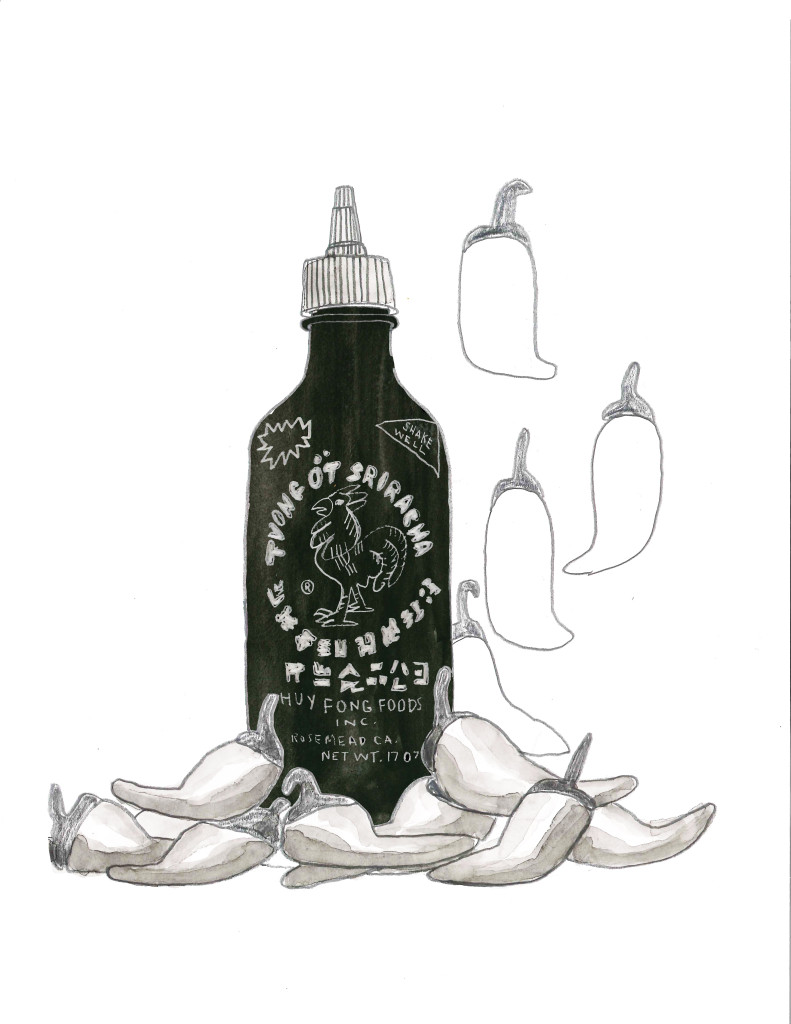“In September 2013, popular blogger “The Food Babe” released a video proclaiming that beavers “flavor a ton of foods at the grocery store with their little butthole!” Since then, the internet has been crowded with alarmist posts saying that beaver’s butts are used to flavor everything from soft drinks to vanilla ice cream. The culprit behind this scare is a flavorant called castoreum—but what exactly is it, and is it worth all the fuss?”
“I love this part of the story because it deals with what I think we feel is a very modern concept; tourism. After the Mexican-American War, people were really excited about a new part of the United States! There were local street-food vendors that, before the wave of tourism, had fed the soldiers that were coming in and out of San Antonio. They were families, and it was usually that grandma and grandpa made the food during the day, and it was one of their unmarried daughters that would be on the market with the family selling the food, and the young women who were put forward as the stars of the show, they were known as the Chili Queens. After you had gone out and had a couple beers, you would go out and get some chili con carne, or some tamales or mole–it was the thing to do. You went to San Antonio, you saw the Alamo, and the next thing to do is go try some chili.”
“People are scared of MSG, right? It’s this dangerous powder that’s gonna make you have all these terrible maladies. Well, the truth is, there’s no science that supports that. I can tell you what it is, and how we ended up being scared of it, and how restaurants like Mission Chinese are battling those stereotypes.”












